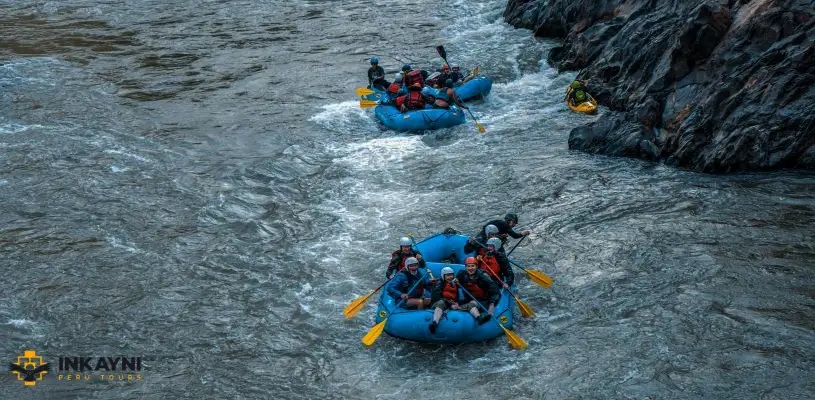Exploring the Pisac lakes isn’t simply another hike in the Sacred Valley of the Incas. This trio of mirror-like water bodies hides at over 13,000 feet of altitude, surrounded by ichu grass, silent mountains, and communities that preserve ancestral practices. How do you reach this corner? How long does it take? What fitness level is needed to traverse it?
Although at first glance the logistics seem simple, there are details that can completely transform the experience. It’s not a site with developed tourist infrastructure, and that’s precisely part of its charm. The altitude, changing weather, access trail, and absence of formal services require careful planning. The silence, pure air, and feeling of being far from everything make many travelers return with a different story than the usual Machu Picchu tale. Keep reading to understand it straight up.
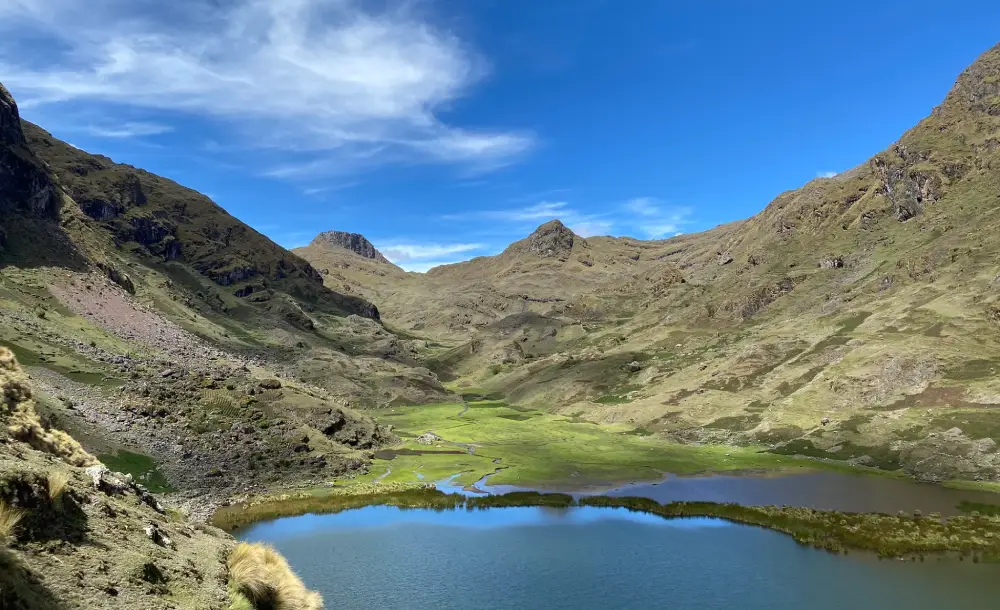
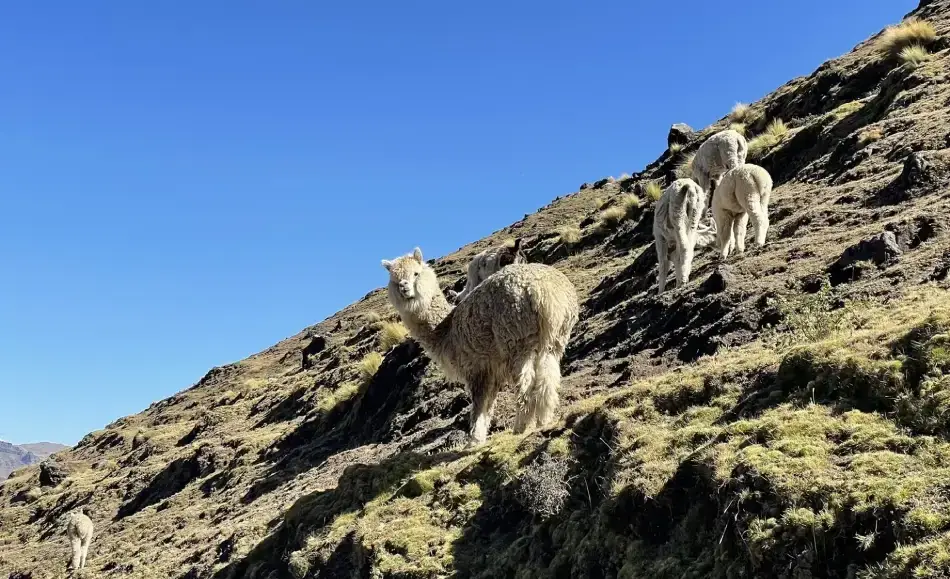
Pisac and Its Three Lakes
Pisac is a Sacred Valley town famous for its market and Inca complex perched on mountain edges, but among its nearby mountains hides a set of three Andean lagoons called Kinsa Cocha, Azul Cocha, and Puma Cocha. You reach the area via a short and quiet trekking route, ideal if you want nature without crowds and open Andean vistas. Most people do a simple 2 to 3-hour circuit between the lakes, with marked trails and moderate terrain.
“Kinsa” means three and “cocha” means lake in Quechua. The real attraction isn’t just the name, but the sensation of altitude, cold air, and still water that reflects the sky. If you stay overnight in Pisac, logistics become simpler and many lodgings help you coordinate a taxi.
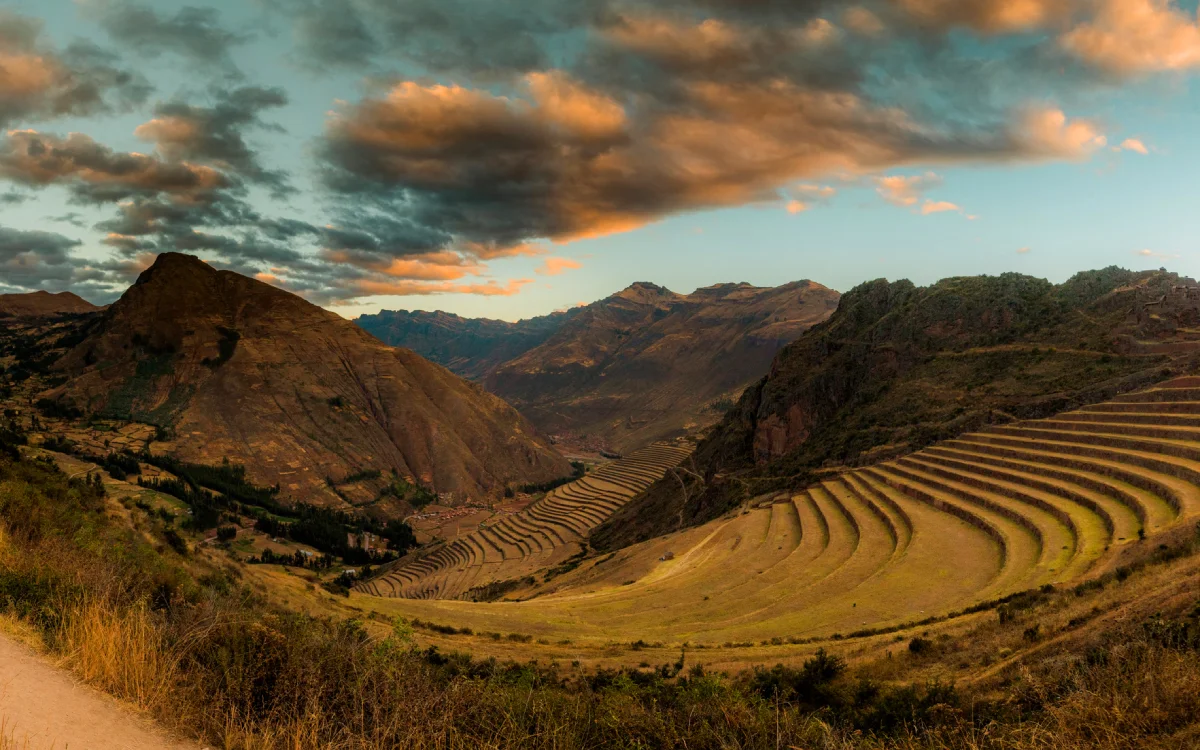
Where Exactly Are These Lakes Located?
The town of Pisac is about 21 miles northeast of Cusco, normally 45 to 60 minutes by road. From town you climb along a dirt road toward the community of Paru Paru, where the Pisac lakes are found between 13,100 and 13,800 feet above sea level.
The stretch from Pisac to Paru Paru/Kinsa Cocha must be done by private or public transport. It takes 45 to 60 minutes along a mountain dirt track. Up there mobile signal can be spotty, so it’s wise to coordinate your return with the driver before heading up.
- Location: Paru Paru, above the town of Pisac, Sacred Valley
- Altitude: Paru Paru ~12,960 to 13,350 ft. Lakes ~13,100 to 13,800 ft above sea level
- Distance from Cusco to Pisac: ~21 miles. 45–60 min by road
- Pisac to the lakes: 45–60 minutes by car on dirt road
- Walking circuit between lakes: 3.7 miles total. 2–3 hours. Light to moderate difficulty
- Community entrance fee: 3 soles per persona (1 USD)
- Best season: April to October. During rainy season the landscape colors intensify, but the ground gets slippery
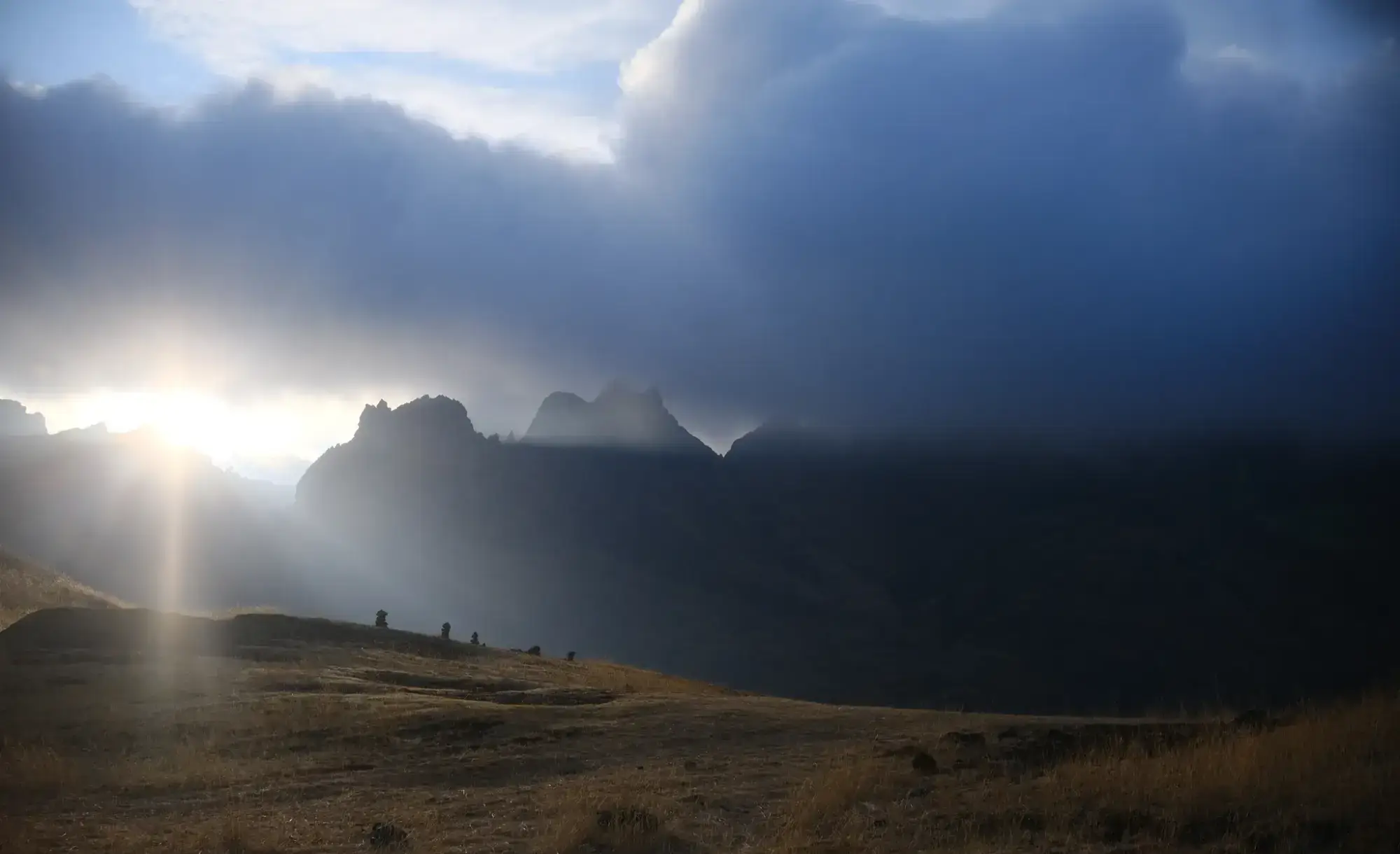
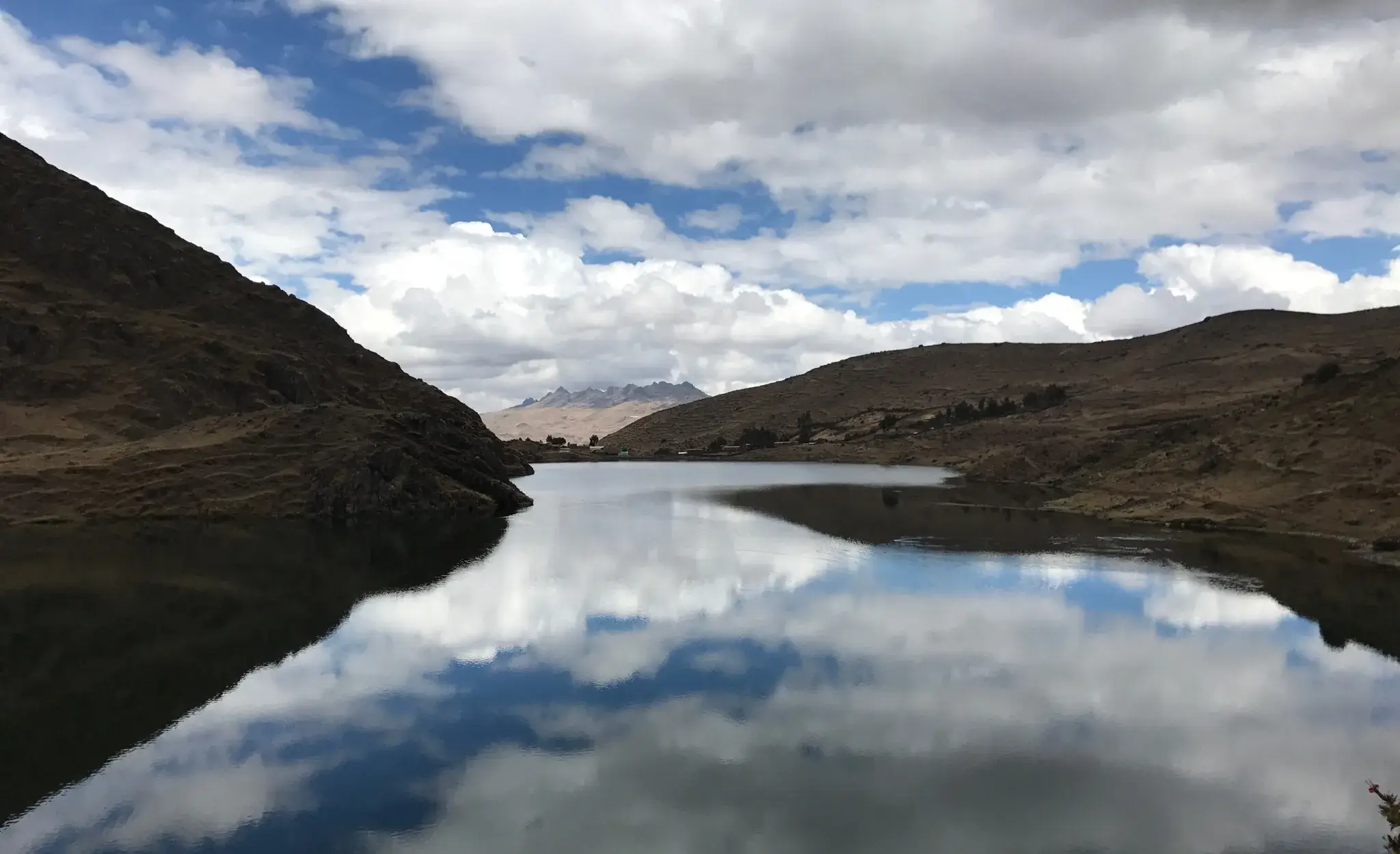
Kinsa Cocha
- This is the main lagoon of the high-Andean cluster near the town of Pisac, in the community of Paru Paru. It’s usually the starting point for the Pisac Three Lakes circuit. Reference altitude for the area: 13,100 to 13,800 feet above sea level. The trail is clear and the terrain firm with some loose rock. The complete circuit between lakes runs about 3.7 miles and takes 2 to 3 hours at tourist pace.
- From the town of Pisac you arrive via dirt track in 45 to 60 min, and start the walking loop here. Several reports place the round-trip taxi with waiting time between 115 and 150 soles depending on negotiation and season.
Azul Cocha
- The “blue lagoon” of the set. It shows turquoise tones when the sun breaks through clouds, due to rocky bottom and minerals. It’s the most photogenic section for many visitors.
- The hike to this lake from the first one is approximately 1.2 miles, 40 to 50 minutes along trail with moderate slope.
Puma Cocha
- The smallest and most tucked-away lake, nestled between hills. Its name alludes to the puma, a sacred Andean figure. Peaceful atmosphere and good close-up shots.
- From Azul Cocha there’s a distance of about 0.9 miles, 20 to 30 minutes of gentle descents. Puma Cocha closes the circuit and you return to the starting point to catch your return taxi.
How to Get There from Cusco
The most common route starts in the city of Cusco. You can take a shared van or taxi toward the town of Pisac, located approximately 20 miles away. This first leg takes between 45 and 60 minutes via paved highway and offers wide views of the Sacred Valley.
Option 1: Access by Vehicle to Paru Paru
Once in Pisac, the most practical way to continue is to take a local taxi or private transport to the rural community of Paru Paru. This road isn’t paved, but it’s a passable dirt track for 4×4 vehicles or local transport accustomed to the terrain.
- Vehicle travel duration: Between 45 to 60 minutes (approximately 10 miles).
- Approximate cost: Between 80 and 120 soles per leg by taxi from Pisac (price varies by season and negotiation).
- From Paru Paru you’ll only have to walk short stretches between the lakes.
This alternative lets you focus more on the landscape than on physical effort.
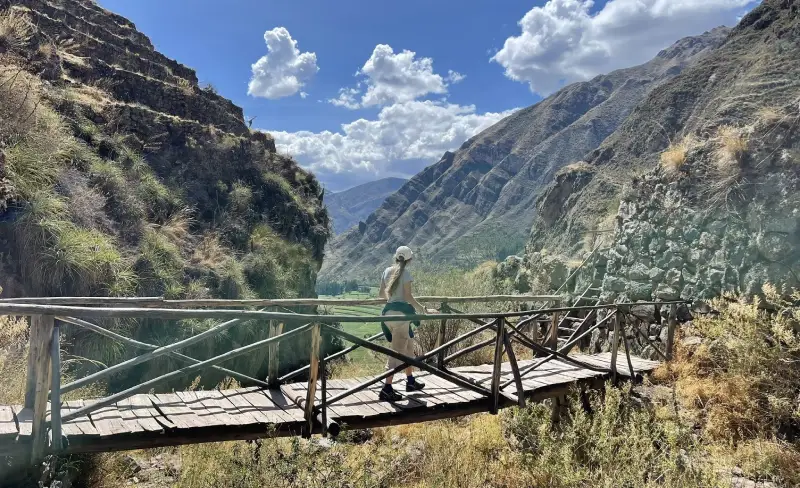

Option 2: Complete Hike from Pisac to the Lakes
There’s the possibility of doing the entire route on foot. From downtown Pisac you take a path that gradually ascends toward the community of Paru Paru, located at over 12,800 feet above sea level.
- Duration: Approximately 4 to 5 hours of hiking one-way only (around 6 miles).
- Difficulty level: Moderate to demanding, due to altitude and some stretches of constant climbing.
Recommended for people in good physical condition, acclimatized to altitude and seeking a more immersive experience.
Important note:
If you prefer to avoid all this coordination or hiking on your own, you can hire a tour service that includes private transport from Cusco, a local guide, and all timing already organized. We can arrange it for you.
Why Trek Between the Pisac Lakes?
Pisac is known for its artisan market and Inca archaeological complex. However, beyond these attractions extends a landscape of high-altitude lakes, grasslands, and ancient traditions.
Just an hour from Cusco and a short distance from the town of Pisac, there exists a collection of Andean lagoons offering silence, expansiveness, and uninterrupted beauty: Kinsa Cocha Three Lakes.
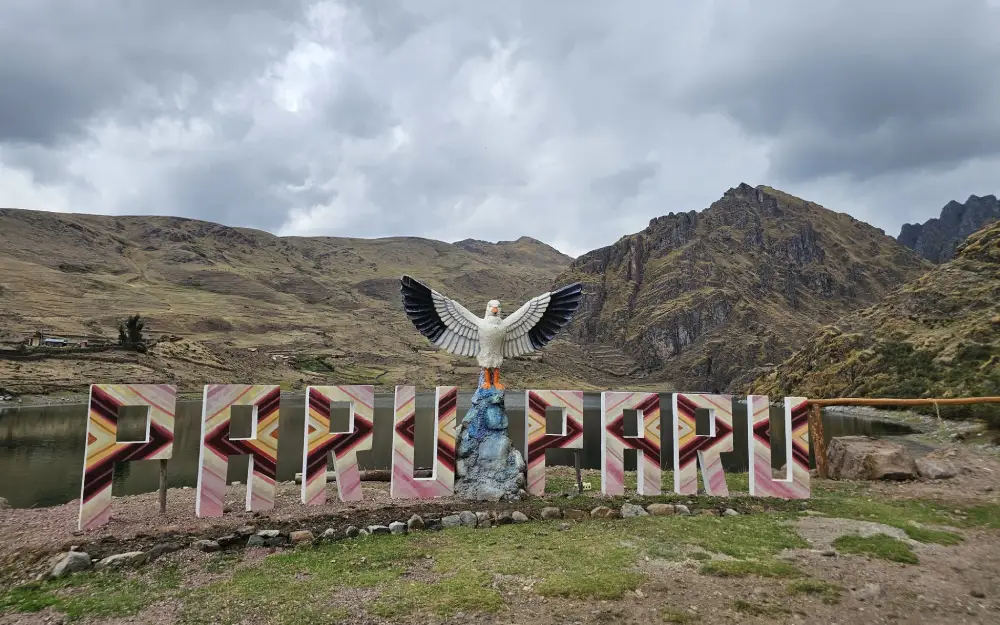
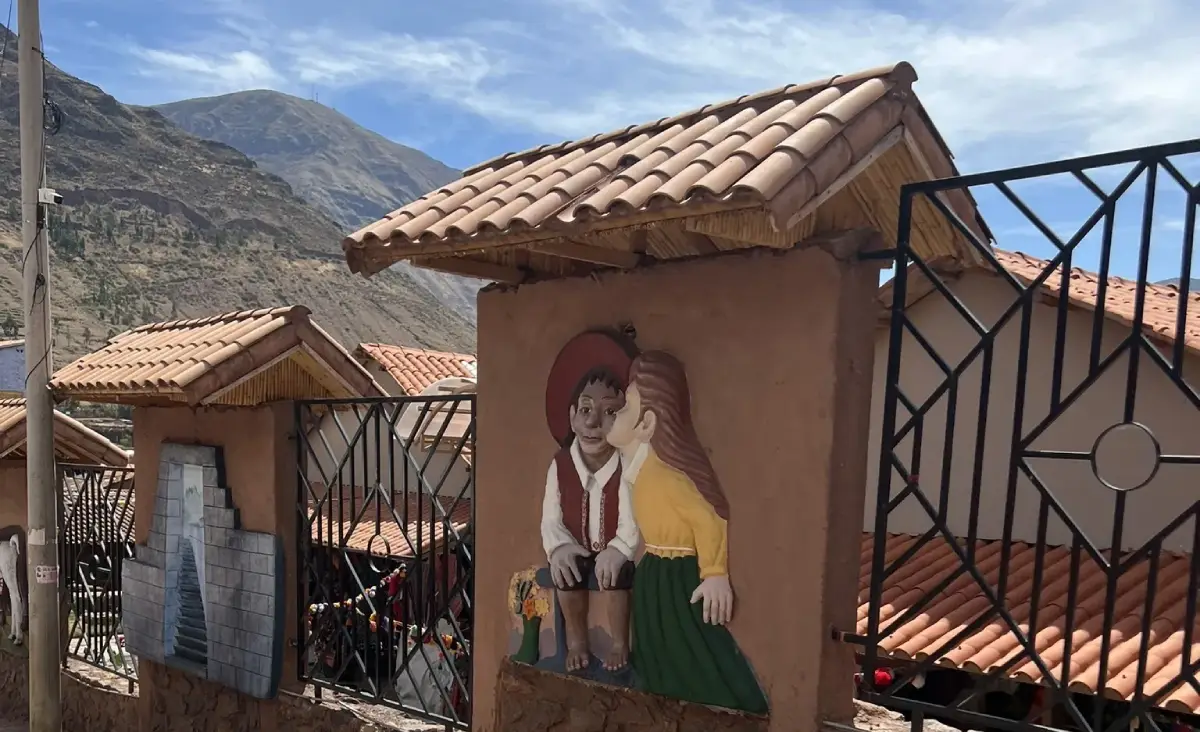
Recommendations:
- The lakes are between 12,800 and 13,800 feet above sea level. You must acclimatize in Cusco or the Sacred Valley at least one or two days beforehand.
- Weather can change abruptly. Bring waterproof clothing, windbreaker, hat, gloves, and sunscreen.
- The best time to visit is between April and October, when rains are scarce and skies are clear.
- Regarding guides and organized tours, some Cusco agencies offer this trek as part of alternative Sacred Valley circuits, or you can opt for community-based experiences in Paru Paru.
- High radiation even with cold: use sunblock, sunglasses, and a cap.
- Bring 1–1.5 L of water per person and simple snacks.
- There are no formal restrooms around the lakes: plan your stops.
- Irregular cell signal: bring cash in small bills.
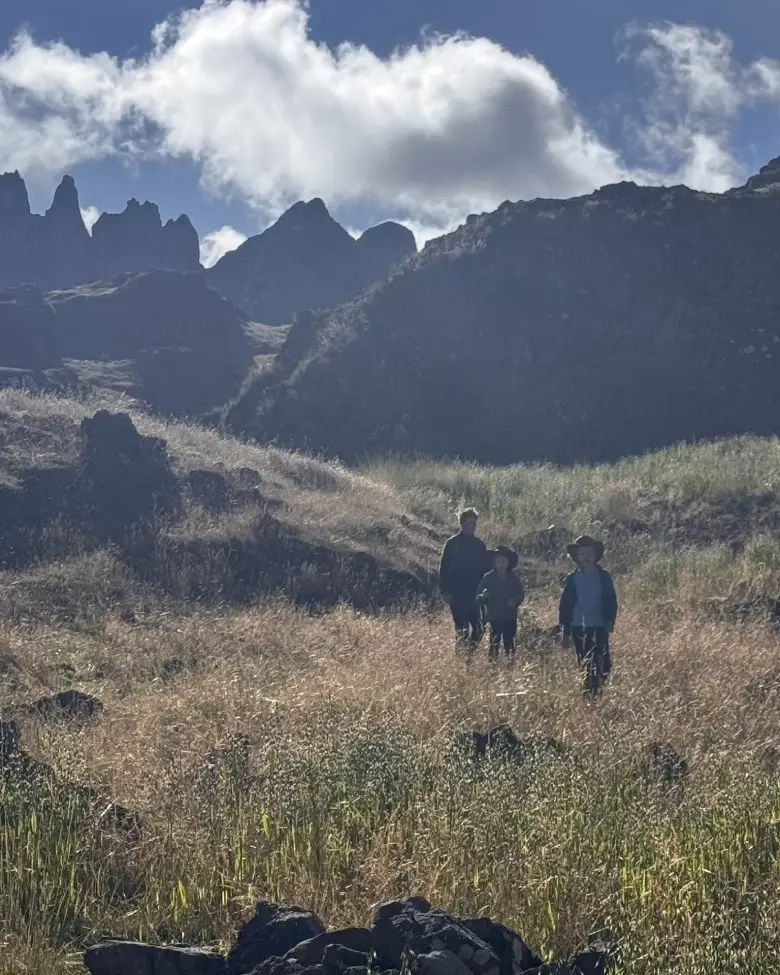
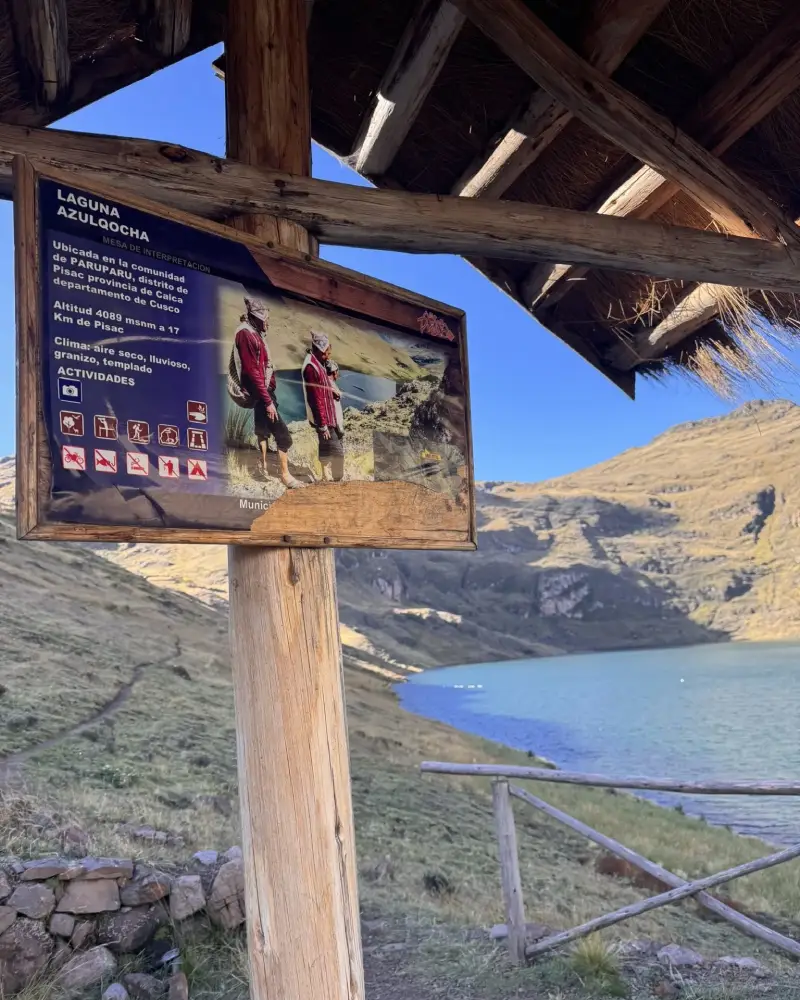
What to Expect on the Trail?
You won’t find crowds or tourist infrastructure; what you’ll see are open mountains, grasses that change color with the sun, and a silence sometimes interrupted by the bleating of a llama.
From the community of Paru Paru, the trails are gentle and well-defined. The route between the lakes forms a kind of circuit that can be done in half a day, depending on your pace and the time you dedicate to contemplating each place.
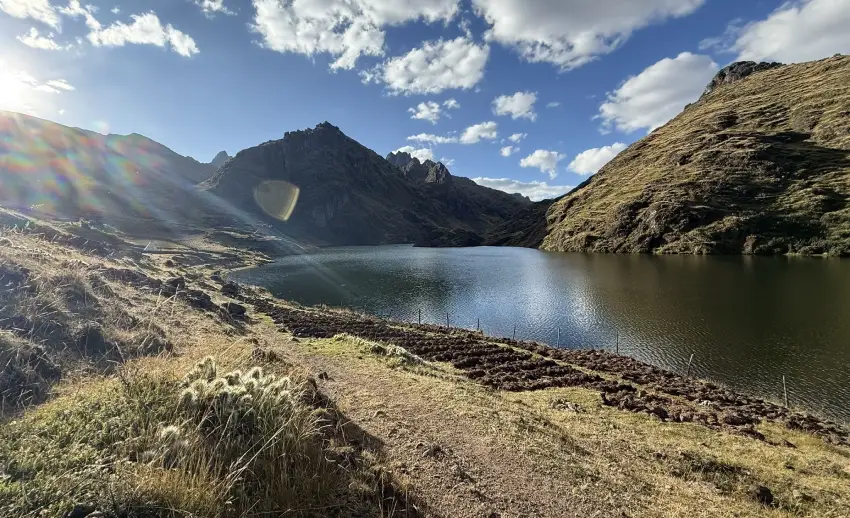
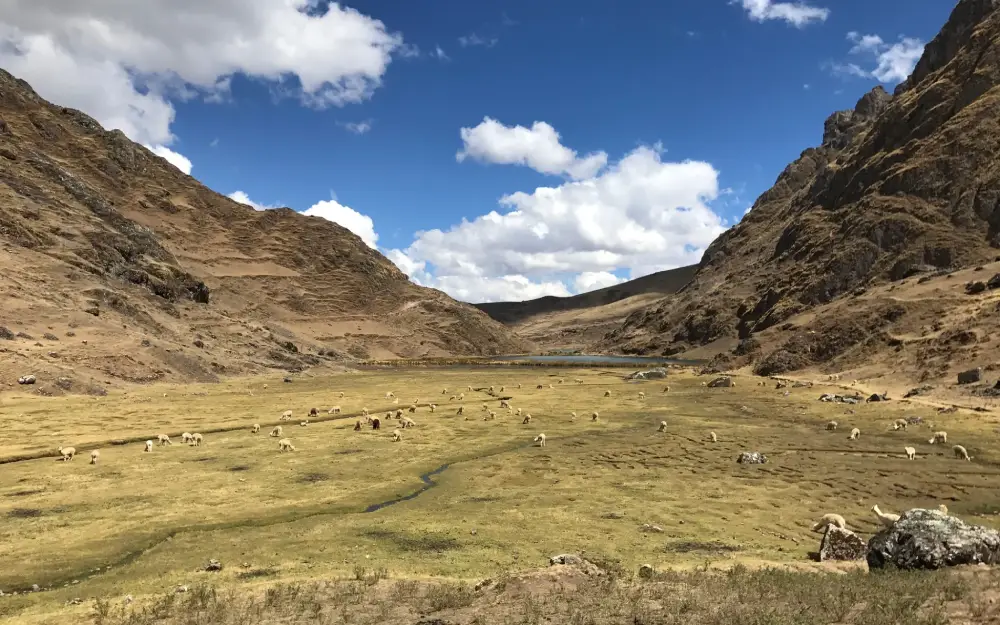
The Meaning of “Kinsa Cocha”
The name “Kinsa Cocha” comes from Quechua, an ancestral language still alive in many Sacred Valley communities. “Kinsa” means three and “Cocha” means lake or body of water. Thus, Kinsa Cocha translates as “Three Lakes,” a direct description yet loaded with meaning.
For rural communities like Paru Paru, these water bodies aren’t just landscape elements, but are part of the natural and spiritual balance of the territory. The lakes are alive, they’re respected, and they’re offered care.
In Andean cosmovision, water is energy that flows between the world below (uku pacha), this world (kay pacha), and the world above (hanan pacha). The lakes, therefore, are places of connection.
The fact that these three lakes sit side by side isn’t accidental either. The number three has strong symbolism in Andean culture: it represents balance, movement, and complementarity.
Thus, Kinsa Cocha doesn’t just name a place: it reveals a way of seeing and inhabiting the world.
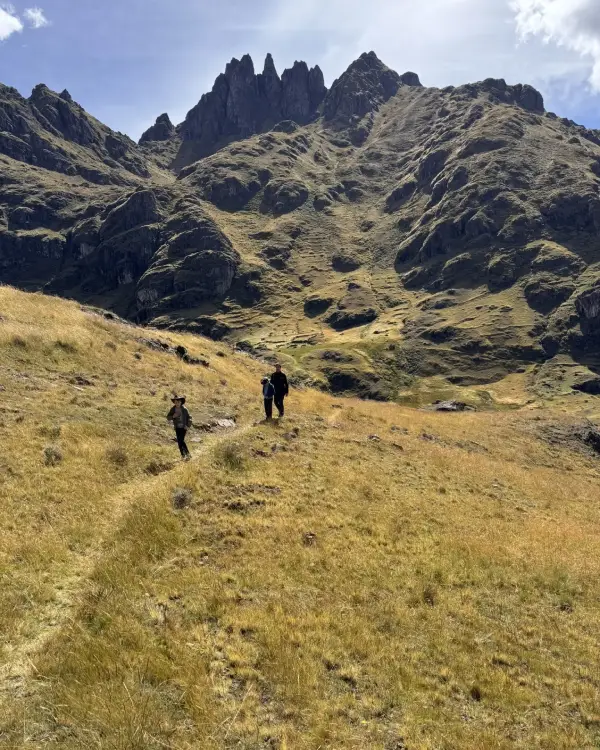
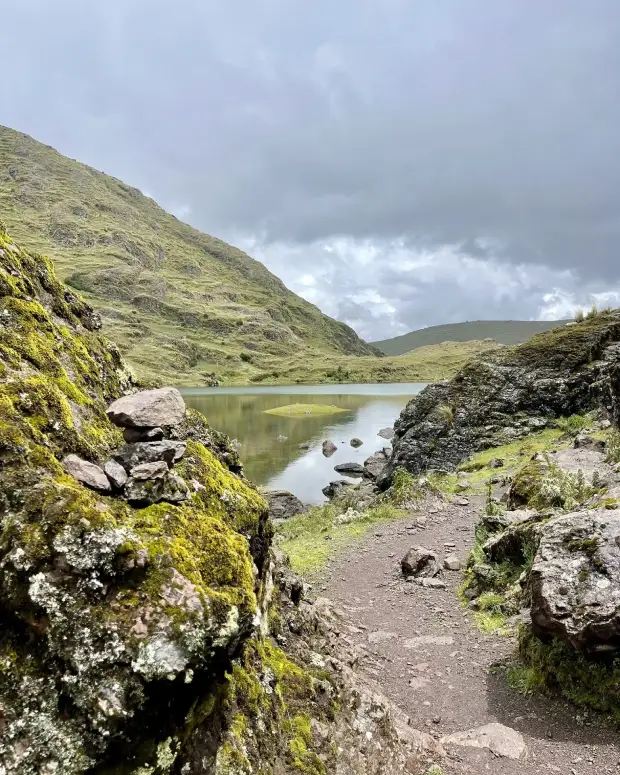
Important note:
During dry season (April to October), the weather is cold but stable. In rainy season (November to March), landscape colors intensify, but trails can become slippery and less accessible.
Sustainable Tourism Practices
Walking through these landscapes isn’t just a recreational activity: it’s also an opportunity to practice conscious tourism. The Pisac lakes lie within a fragile environment shared by communities who live directly from the natural surroundings.
Some essential recommendations are:
- Carry out all your waste, including organics. Food scraps can alter local wildlife.
- Don’t enter the lake water, as they are natural sources supplying nearby communities.
- Don’t remove plants, rocks, or other elements from the environment. What you see there has a role in the ecosystem and is part of Andean cosmovision.
- Respect the passage of grazing animals. Some paths cross communal lands—yield the right of way and avoid making noise.
- Support local tourism: if you hire guides, buy products, or have lunch in the community, you’re directly contributing to conservation of this area.
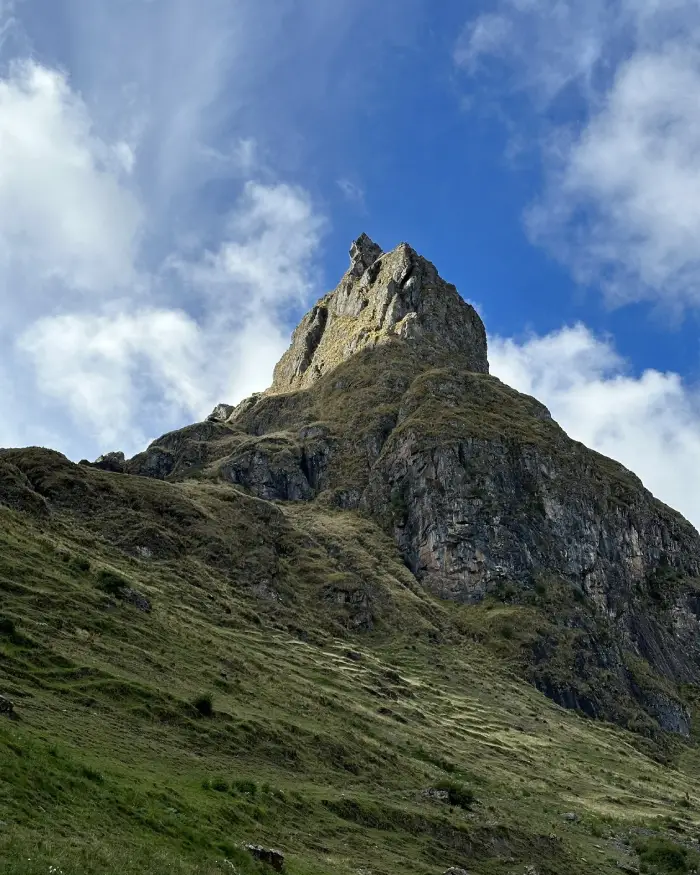
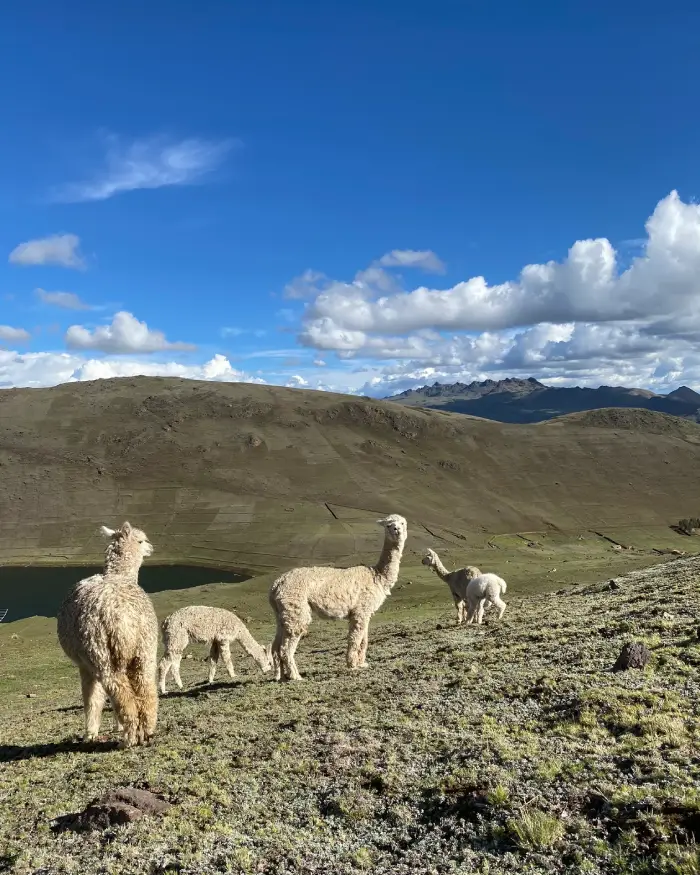
Beyond the Trail: Exploring Pisac
After hiking the trails of Kinsa Cocha, returning to the town of Pisac is like gradually returning to human rhythm, without completely losing the stillness the mountain leaves behind. This modest Sacred Valley town also offers much more to discover.
You can extend your trip with some of these experiences:
- Visit Pisac’s artisan market: Explore one of the most colorful markets in the Sacred Valley, ideal for acquiring Andean textiles, ceramics, musical instruments, herbs, essential oils, honey, or artisan chocolates.
- Try traditional cuisine at local restaurants: Like quinoa soup, roasted guinea pig, clay-oven empanadas, salads with native products.
- Explore Pisac’s archaeological complex: Visit the Inca ruins, agricultural terraces, and ceremonial centers. You can walk up or down if you still have energy or take transport to the summit.
- Visit Pisac’s Botanical Garden: A peaceful space with native and medicinal species, ideal if you’re interested in learning about local biodiversity.
- What if upon returning to Pisac you’re up for joining a community-based rural tourism activity at Potato Park?
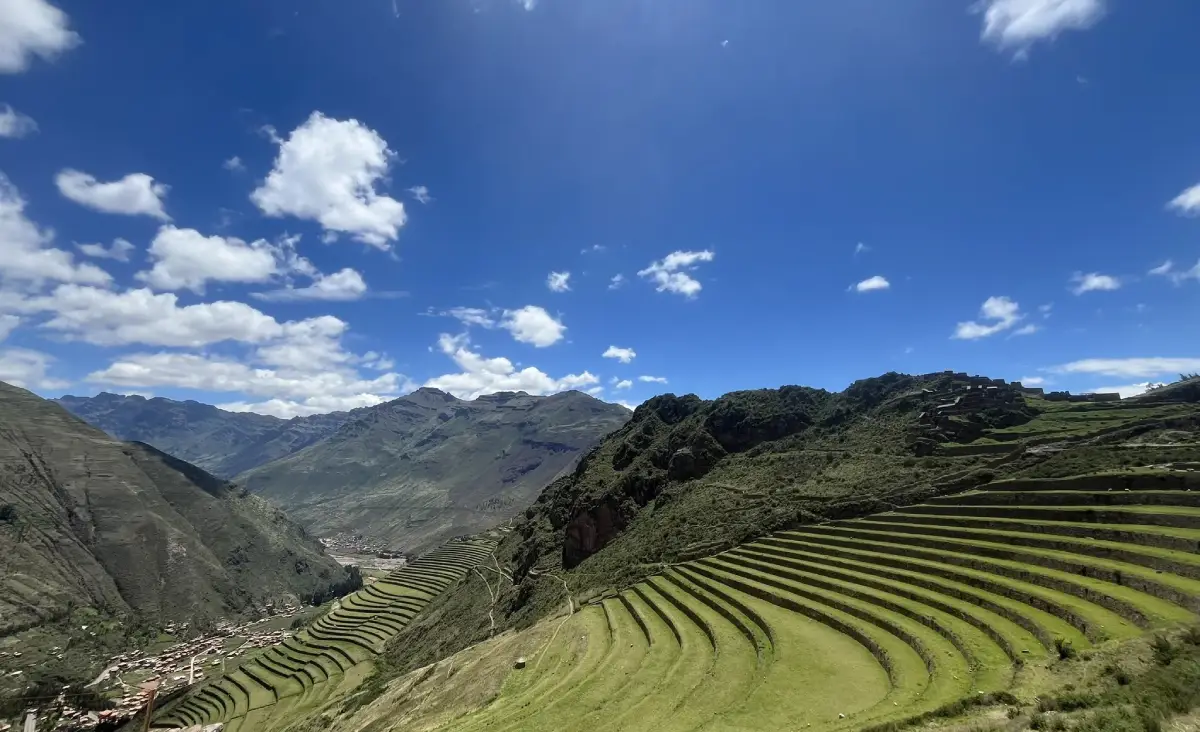
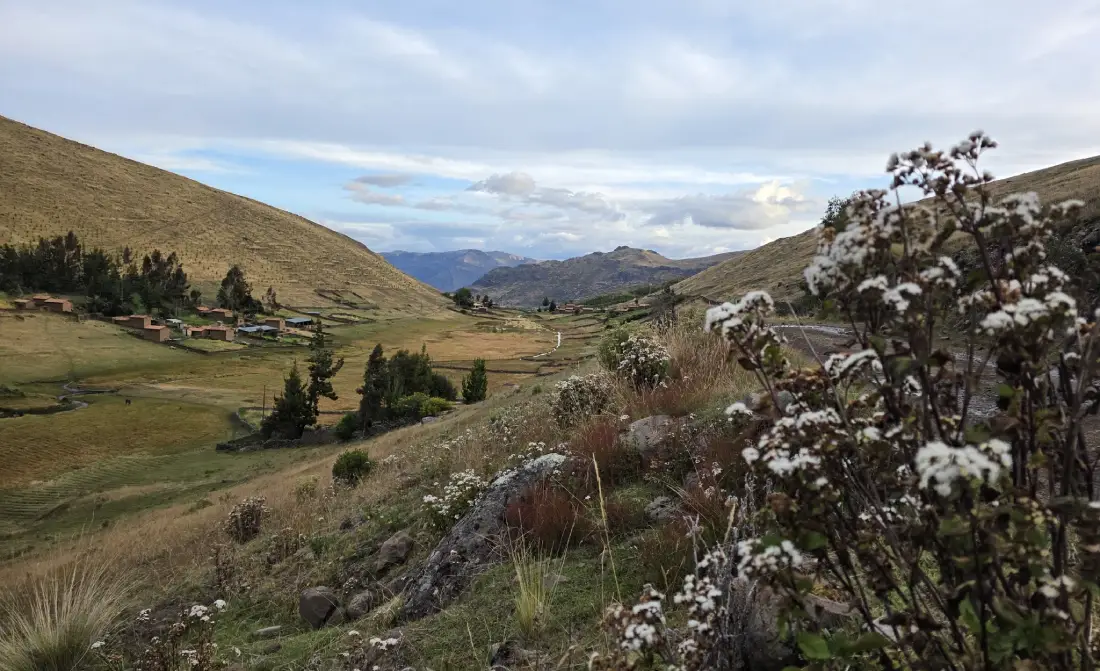
And Beyond the Landscape?
Walking through Kinsa Cocha, Azul Cocha, and Puma Cocha is immersing yourself in an encounter with silence, the mountain, still water, and open sky.
It’s a way of seeing differently: recognizing value in the simplicity of remaining.
At Inkayni Peru Tours we ask, are you up for discovering Pisac and Kinsa Cocha from contemplation and respect for the ancestral?
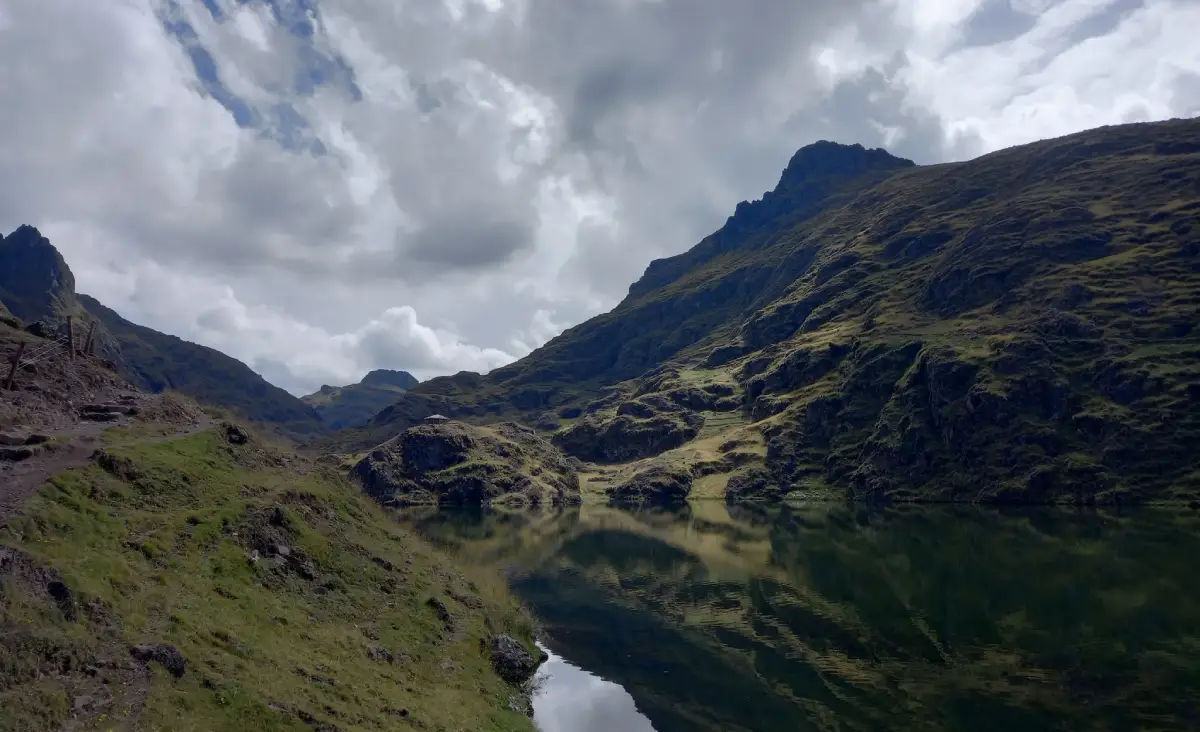
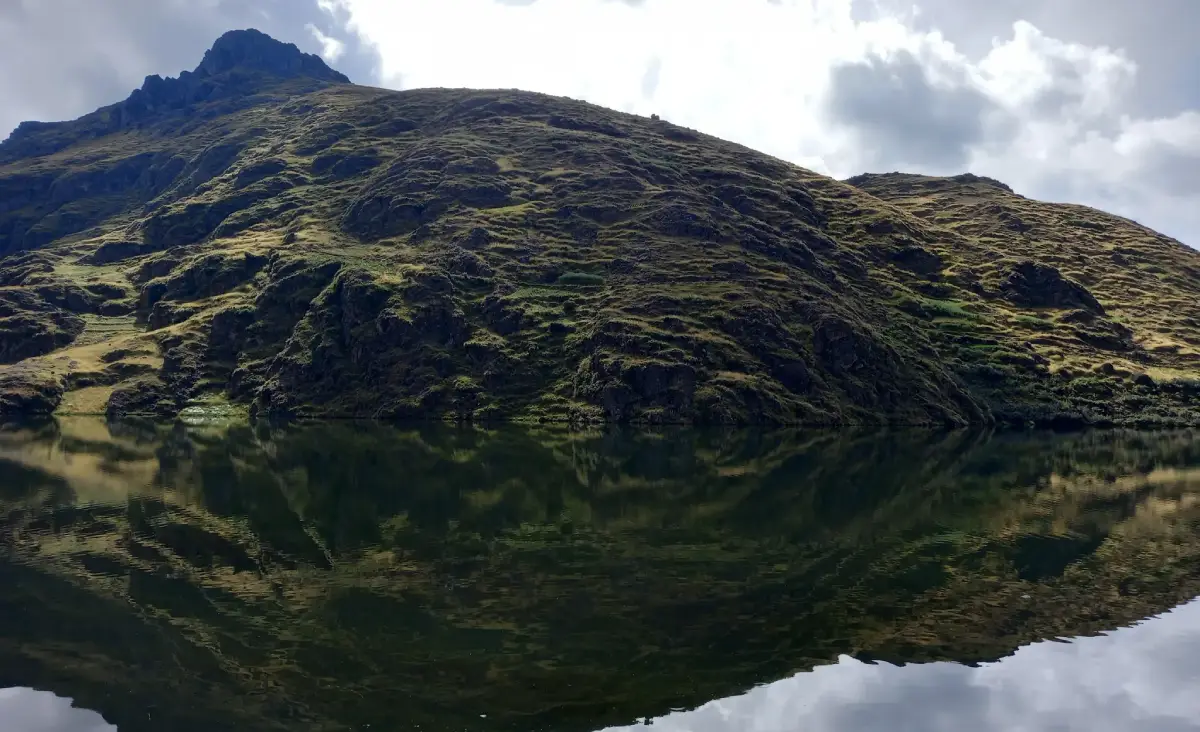
Frequently Asked Questions
Is the Pisac Three Lakes route suitable for beginners?
What’s the best time to visit the lakes?
At what altitude are the lakes located?
Do I need to hire a guide?
What wildlife and flora are observed in the area?
What should I bring for the hike?
- 1 to 2 liters of water and salty snacks
- Windbreaker or lightweight rain jacket
- Sunscreen, hat, and gloves
- Sneakers or trekking boots with good tread
- Layered clothing (cold at altitude, warm while walking)
- Small cash bills for taxis and community entrance
How much does it cost to visit the Pisac lakes?
How long does the entire route take?
- 45–60 min travel Cusco → Pisac
- 45–60 min Pisac → lakes by taxi
- 2–3 h of leisurely hiking
- 45–60 min return
In total, about 7–8 hours without rushing.




